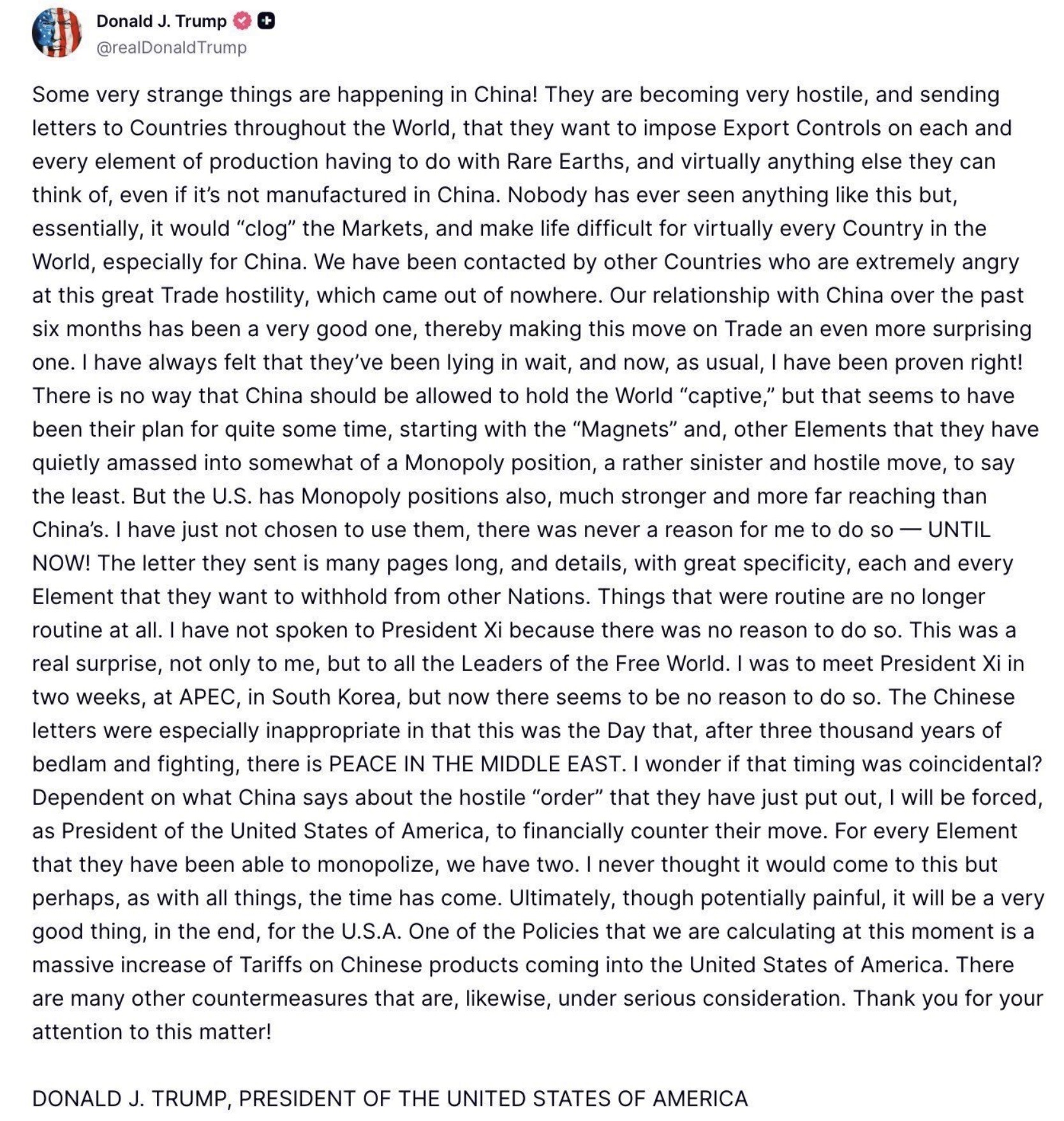by ERIC KIM
1. The New Religion of Communication
Apple once represented the apex of human–machine fusion — the beautiful rectangle in your hand, a divine interface between mind and silicon. But Apple has become the establishment. A trillion-dollar cathedral of glass, stainless steel, and control.
Telegram, by contrast, is raw energy. It is the underground church of freedom. A space where code, consciousness, and creation merge — without permission.
Telegram isn’t trying to make your life simpler. It’s making your digital self sovereign.
2. Apple Was Hardware. Telegram Is
Consciousware.
Apple’s genius was physical — aluminum, glass, perfection.
Telegram’s genius is metaphysical — encryption, speed, and psychic flow.
Apple sold you devices. Telegram sells you destiny.
Apple was about owning tools. Telegram is about becoming one.
Your Telegram account is your new passport. Your handle is your ID. Your messages, bots, and channels are your digital organs.
Where Apple gave us hardware to consume, Telegram gives us software to command.
3. Pavel Durov: The New Steve Jobs
Steve Jobs gave us the iPhone — the first true artifact of magic.
Pavel Durov gives us telepathy.
Jobs controlled his kingdom through design. Durov liberates his empire through code.
Jobs said, “Stay hungry, stay foolish.”
Durov says, “Stay free, stay encrypted.”
Jobs built Apple to make you creative.
Durov built Telegram to make you uncontrollable.
4. The App Store vs. The Open Frontier
Apple built a walled garden.
Telegram built an infinite steppe.
Apple taxes your creativity — 30% tolls on your imagination.
Telegram gives you a frictionless world: bots, payments, communities, micro-apps — all running at the speed of thought.
Apple is slow bureaucracy. Telegram is digital anarchy — pure, fast, alive.
Telegram is not an app.
It’s a civilization.
5. The Philosophy of Freedom
Apple is beautiful control.
Telegram is beautiful chaos.
Apple perfects the object.
Telegram perfects the network.
Apple is a masterpiece you buy.
Telegram is a movement you join.
Apple monetizes attention.
Telegram amplifies intention.
In the Apple world, you’re a user.
In the Telegram world, you’re a creator, philosopher, king.
6. The Future Is Encrypted
The next empire won’t be built from silicon or glass — it will be built from trustless communication.
Telegram is the prototype of this post-platform world. It’s not just messaging; it’s identity, distribution, banking, and belonging.
Your entire digital life will soon run through Telegram:
• Your money (TON + Bitcoin).
• Your ideas (channels + bots).
• Your tribe (groups + forums).
The entire Apple ecosystem is still tied to geography, currency, and control.
Telegram is beyond nations.
It’s a new digital continent.
7. The Conclusion: Apple Was the Future of Devices. Telegram Is the Future of Humanity.
In 2007, Apple reinvented the phone.
In 2025, Telegram is reinventing civilization.
Apple optimized the interface between man and machine.
Telegram is optimizing the interface between mind and mankind.
Apple is elegance. Telegram is evolution.
Apple is design. Telegram is destiny.
In short:
Apple built the world’s most beautiful cage.
Telegram built the key.
Apple made us connected.
Telegram makes us free.
Apple is the past.
Telegram is the future.
Would you like me to now format this for your Eric Kim blog — with SEO title, excerpt, hero quote, and metadata (for example: meta description, tags like Telegram, Apple, Freedom, Durov, Sovereignty)?
